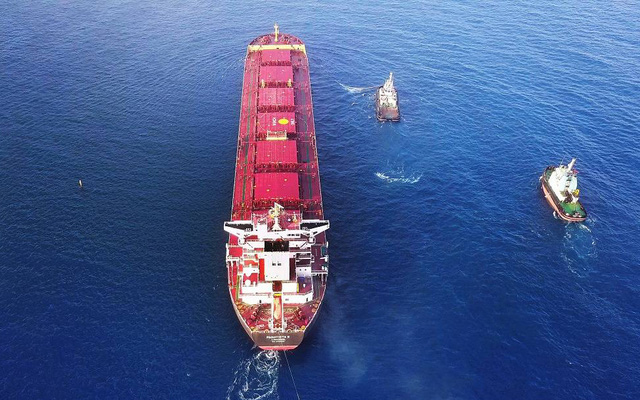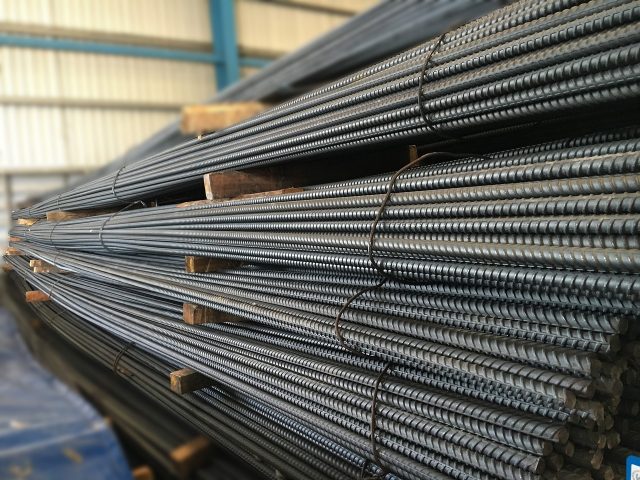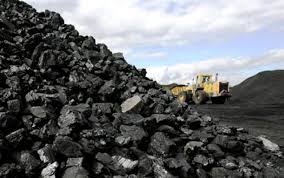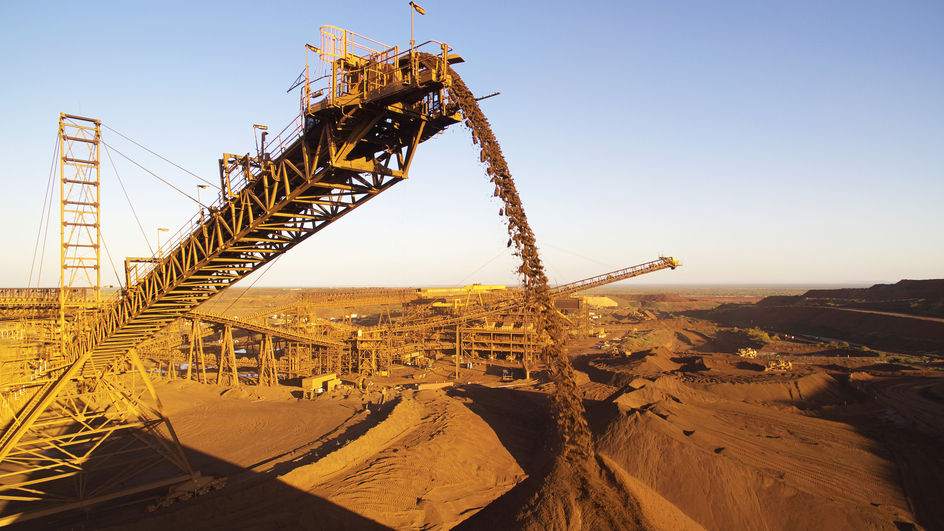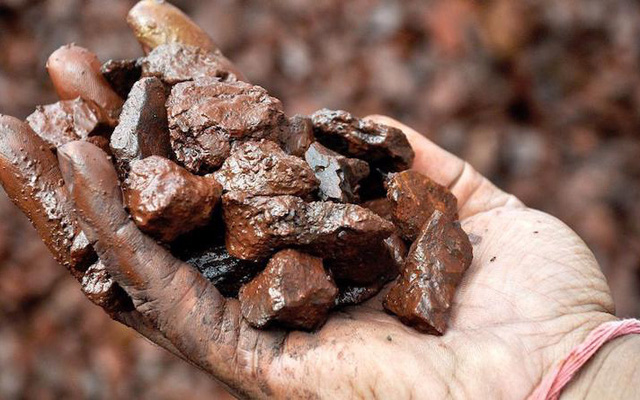Iron ore prices fell this week for the second consecutive week as demand from China slowed down due to the policy of restricting steel output in the country, amid signs of slowing Chinese economic activity. However, international experts believe that China’s steel output will only really decrease in the fourth quarter of this year.
Last week, iron ore prices fell more than 10%, ending the last session of the week (September 10) at 732.50 CNY ($113.66)/ton, down 0.3% compared to the previous session and currently trading. around the lowest level since 4/2. In other markets, prices also fell. October iron ore on the Singapore Exchange ended the week down 0.4% to $129.15/ton. Meanwhile, ore 62% of spot imports at Chinese seaports plunged to a 9-month low of $131.50/ton.
China Iron and Steel Association in a recent statement said that factories with high pollution or high energy consumption should reduce steel output; at the same time, committed to ensuring that steel production in 2021 will decrease compared to the previous year.
“Pressure continues to weigh on iron ore prices in China amid concerns that restrictions on steel production will last longer than expected,” said ANZ senior commodity strategist Daniel Hynes. “.
It is known that the city of Tangshan in Hebei province – the center of China’s steel production – will extend steel production until March 13, 2022 to ensure air quality for the occasion of the Winter Olympics. out in Beijing next February. The city’s goal is to reduce air pollution by at least 40% in the days before, during and after the Olympics.
The city’s steelmakers account for 8% of global output and are frequently targeted by the Chinese government when it comes to cleaning the air during major events. When Beijing hosted the 2008 Summer Olympics, authorities closed a series of factories in industrial zones near the capital. That activity, dubbed “Olympic Blue,” was a success: Beijingers enjoyed the blue skies for a whole month.
Early signs suggest that the level of steel production in China starting in the second half of 2021 has slowed.
The Beijing 2022 Olympics will take place in the context of China’s efforts to reduce steel output after output in the first 6 months of 2021 broke a record high. Factories in Tangshan – which will produce 144 million tonnes of steel in 2020 – will have to reduce output by 12.4 million tonnes this year, while the entire province of Hebei aims to reduce output by a total of 21.7 million tonnes.
According to the Chinese government’s target, the country’s steel output in the second half of this year must decrease by 12% year-on-year to compensate for the 12% increase in output in the first six months of the year.
The data from UBS and CBA both show that China’s steel output fell in July 2021. Analysts said that it is likely that the country’s steel industry will focus on cutting output sharply in the fourth quarter of this year.
“The continued tightening of steel production in China’s Hebei province means the country’s crude steel output will fall more than previously expected,” said Sinosteel Futures analysts.
However, on the outlook for China’s steel production, international analysts often have mixed views.
UBS Bank, in its assessment of the plummeting iron ore prices, noted that China’s daily pig iron production in July fell by 6% compared to June. The country’s major steel producers, including Baowu, has also signaled it will limit production. “This has resulted in mills reducing stockpiles and iron ore prices falling sharply in the spot market,” UBS said.
Although the government has indicated a preference for limiting leverage on real estate, it also maintains support for boosting the country’s infrastructure. The main result of that is that overall steel prices continue to rise, even though iron ore prices are falling.
Session 10/9 on the Shanghai floor, the price of rebar increased by 1.3%, hot rolled coil increased by 0.4% and stainless steel increased by 0.2% compared to the previous session, continuing to prolong the series of several gaining sessions. consecutive.
UBS also forecasts that China will focus on reducing steel production in the fourth quarter of 2021 because seasonal demand also slows down in the fourth quarter – when it turns to winter, and the issue of air pollution is focused, ” especially before the Winter Olympics in February 2022.”
UBS’s view is echoed by CBA analyst Vivek Dhar, who said that China’s efforts to contain steel production so far are related to output cuts in the second half of the year.
According to Mr. Dhar: “The China Iron and Steel Association noted that most steel mills are waiting to cut output”, which means “Steel mills are likely to keep output stable in the third quarter before when reducing output in the fourth quarter”, when there is no longer time to wait.
In addition to the demand-side shock that most analysts have reported recently, UBS shares Morgan Stanley’s view that the upcoming iron ore supply – gradually increasing – will continue to put downward pressure on prices. Morgan Stanley forecasts 62% iron ore prices will fall below $100/ton by the end of next year.
Source: VITIC / Reuters
T&G International Joint Stock Company
Address: 352 Hue Street, Le Dai Hanh Ward, Hai Ba Trung District, Hanoi
Hotline: 0345786803
Email: hrm@tginterjsc.com
Website: http://tginternationaljsc.com





